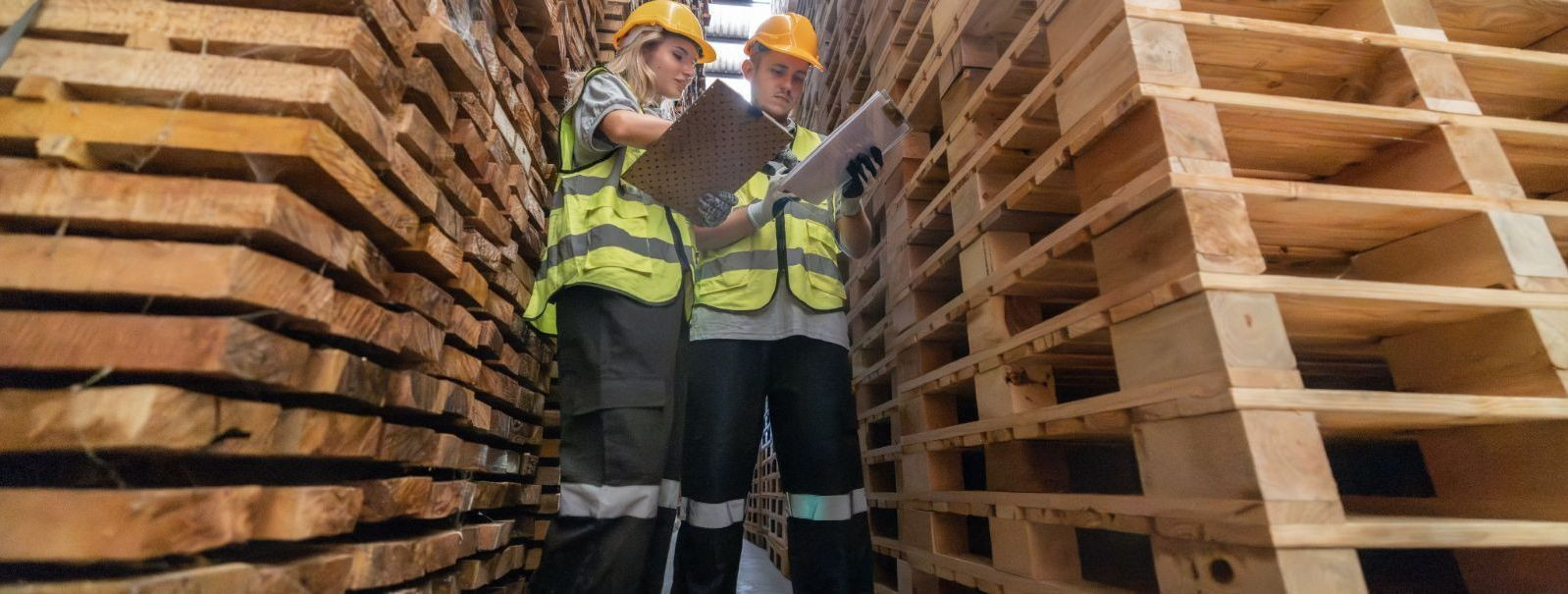The future of construction: sustainable base elevation materials
As the world grapples with climate change and environmental degradation, the construction industry is under increasing pressure to reduce its carbon footprint and embrace sustainability. Sustainable construction not only addresses environmental concerns but also ensures economic viability and social responsibility. The use of sustainable base elevation materials is a critical aspect of this movement, offering a path to more resilient and eco-friendly infrastructure.
Base elevation materials are foundational components used in construction to create stable and level surfaces for building structures. These materials are essential for the longevity and safety of any construction project.
Current Trends in Base Elevation Materials
Historically, materials such as concrete, steel, and wood have dominated the construction industry. However, these materials often have a significant environmental impact due to their production processes and non-renewable nature.
In response to the limitations of traditional materials, the industry has seen a surge in the development of sustainable alternatives. These innovations aim to reduce carbon emissions, enhance energy efficiency, and minimize waste.
Advancements in Sustainable Base Elevation Materials
One of the most promising areas of innovation is the use of recycled materials, such as crushed concrete and reclaimed wood, as well as bio-based materials like bamboo and hemp. These materials not only reduce waste but also offer a lower carbon footprint compared to traditional options.
Geopolymers represent a revolutionary class of materials that can serve as an alternative to conventional Portland cement, offering reduced greenhouse gas emissions and superior durability.
The development of self-healing concrete and smart materials that can adapt to environmental changes is set to transform the construction industry, making structures more resilient and reducing maintenance costs.
The Role of Technology in Material Development
Technological advancements such as 3D printing and modular construction are enabling the use of sustainable materials in more complex and customized applications, further expanding their potential in the construction industry.
Continuous research in material science and engineering is leading to the discovery of new materials with enhanced properties, such as increased strength, reduced weight, and improved thermal insulation.
Regulatory Impacts and Industry Standards
International building codes and green certifications are increasingly influencing the adoption of sustainable materials, as they set benchmarks for environmental performance and encourage best practices in construction.
The European Union's policies and directives play a pivotal role in shaping the future of sustainable construction materials, with regulations that promote energy efficiency and resource conservation.
Challenges and Opportunities
While the benefits of sustainable base elevation materials are clear, challenges remain in scaling production to meet global demand and managing the cost implications for the construction industry.
The widespread adoption of sustainable materials will require a concerted effort from all stakeholders, including manufacturers, construction companies, architects, and policymakers, to overcome existing barriers and embrace new construction paradigms.
Discover how WENTOS OÜ is pioneering the use of sustainable base elevation materials to shape the future of construction. Contact us to explore innovative solutions for your next project.
Contact






Comments (0)